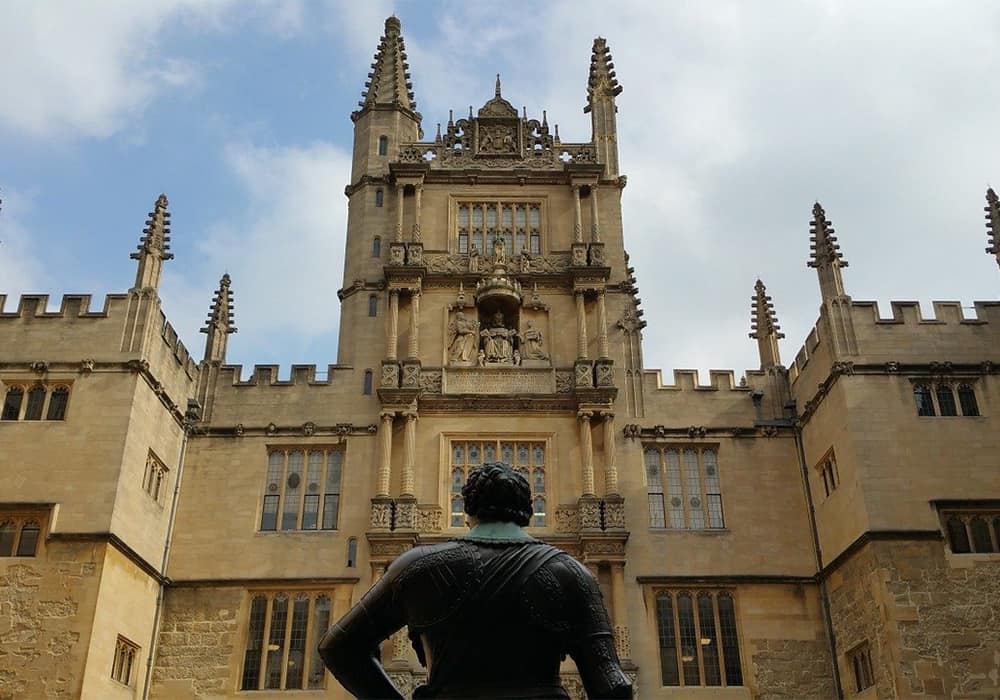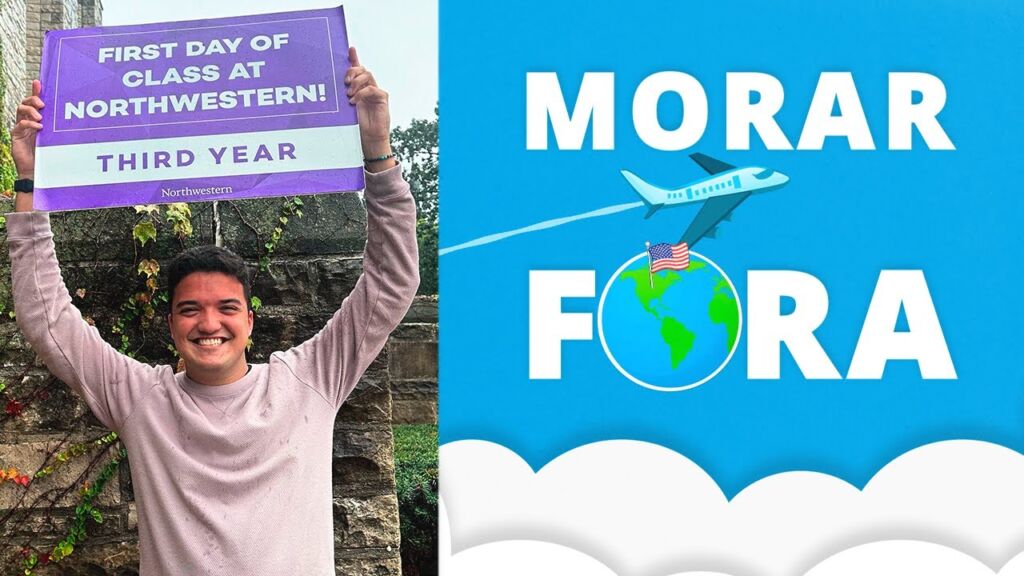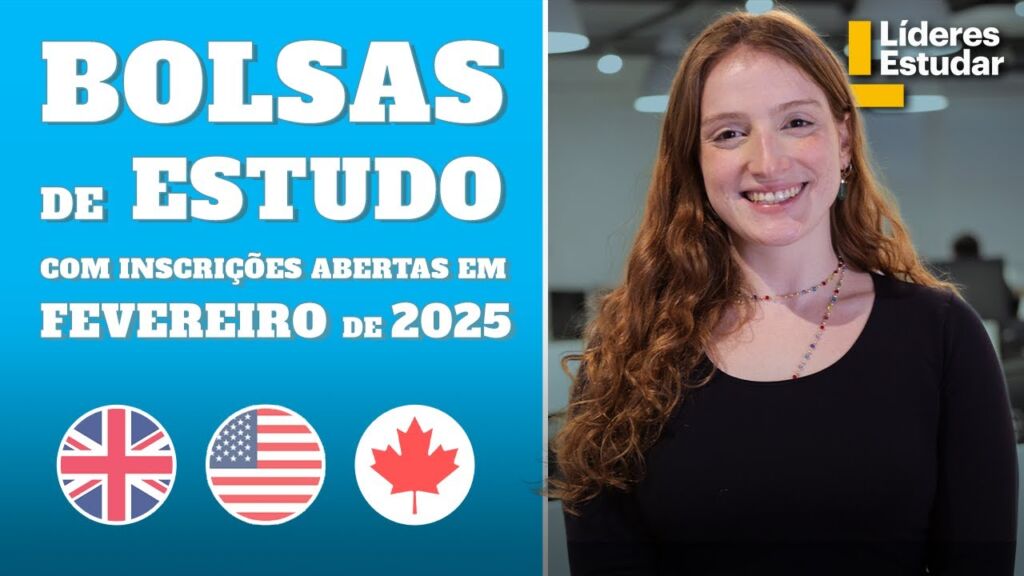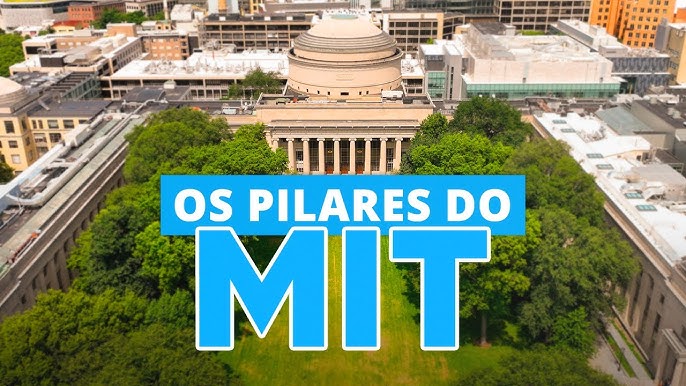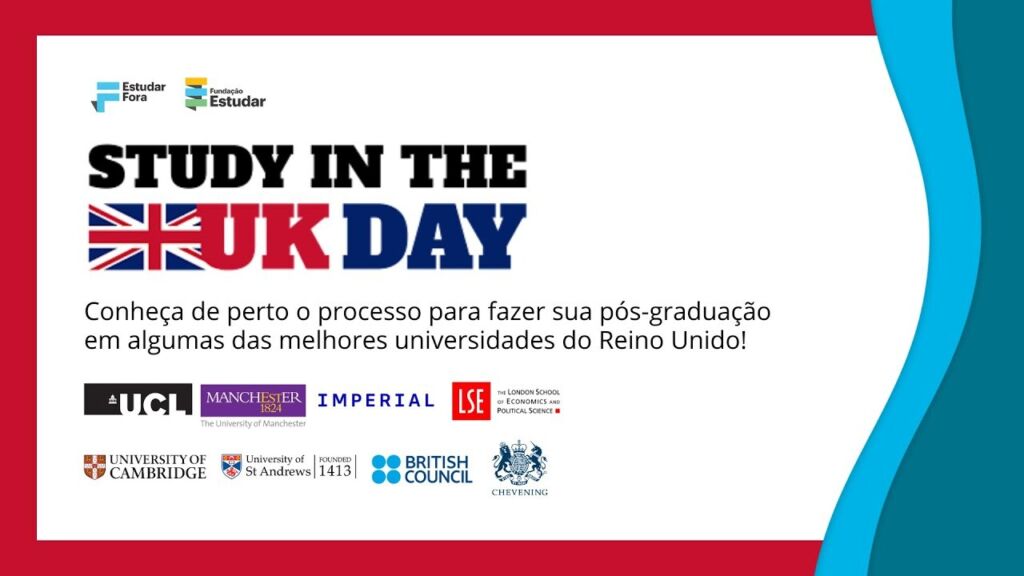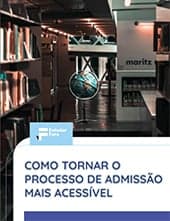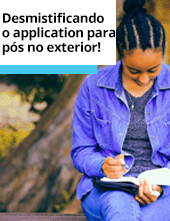O personal statement é uma das partes mais importantes do college application. Nele, os candidatos podem falar diretamente com o Admissions Officer, adicionando um componente qualitativo e mais contextual à aplicação. Esse ensaio permite que o jovem traga uma dimensão mais humana e pessoal de si mesmo, mostrando quem ele é para além das notas, prêmios e atividades extracurriculares.
“Ao escrever o personal statement, é importante que os jovens escolham um tópico que mostre quem eles realmente são e os valores que têm. Além disso, a estrutura também é essencial, assim como a voz do texto. Você quer compartilhar uma história interessante que também seja bem contada, pois uma boa estrutura pode elevar o texto e tornar um ensaio que já é bom ainda melhor. Personal statements que se destacam têm uma voz forte, ou seja, refletem a personalidade do candidato e trazem mais reflexão. Isso pode ser alcançado, por exemplo, por meio de humor, vulnerabilidade ou ao fazer uso de técnicas literárias e linguísticas, como metáforas e diálogos”, explica Thamiris Tavares, da equipe do Prep Program.
Confira abaixo o personal statement de Murilo de Oliveira, aprovado na Northwestern University para estudar Social Policy. Murilo participou do Prep Program, o preparatório gratuito da Fundação Estudar para jovens que desejam cursar a graduação no exterior. Em seguida, veja os comentários da equipe do Prep sobre os aspectos que fizeram seu texto se destacar.
Faça sua pré-inscrição no Prep Program aqui!
Signs of Connection
I asked the universe to give me a sign. Something to guide me.
I just didn’t know it would be literal signs.
March 2020, The Baptism
I arrived at my first Libras—Brazilian Sign Language—class. Walking towards the building entrance, I remember repeatedly asking myself, “Why did I sign up for this?” I wasn’t deaf—nor did I have deaf friends or relatives. I was there simply because the language seemed interesting. But now, I was afraid that I wouldn’t be welcomed.
“Let’s make a circle,” the teacher said while introducing her deaf friend, Erica, who I learned was there to name us with a sign based on our characteristics—a kind of baptism. As Erica was going around the circle of students with an interpreter to ask why we were there, my anxiety increased. When it was my turn, she asked, “What’s your name, and what brought you here?” I fearfully replied, “Murilo. I don’t know exactly. I’m here to find out.” She smiled and signed back, “Welcome to our community, Murilo…Your sign is [moving hands in the motion of putting on a cap]… Do you like it?” Her friendly demeanor immediately made me relax, and I eagerly nodded.
Receiving my sign name showed me the importance of hospitality when welcoming outsiders.
September 2020, The Collective Struggle
“Ms. Giovana, I don’t get it,” I told my teacher during our online lesson about furniture. The sign for “blinds” was tough! As the teacher explained, I noticed my peers struggling, too. Hands moving up. Down. Sideways. Everyone fully focused on mimicking the teacher’s movements. Ten, twenty, thirty minutes passed, and still, only a few people got it.
A silly sign became a challenge that we wouldn’t give up easily. As some of us gradually figured out, we started to share different insights about how to do it. Magically—or not—in less than 5 minutes, everyone learned. Despite its difficulty, that day became a remarkable victory for us.
Figuring out how to sign together showed me that collaboration is the key to learning.
December 2021, The “Ending”
I gasped, feeling relief and sadness. Graduation had arrived. I felt a gentle touch on my back.
“Hi, Murilo! Here’s your graduation gift!” Erika smiled, handing me a cup with sunflower seeds. “We want our alumni spreading what they learned here, like seeds.”
As a hearing person, holding a conversation without an interpreter brought me an insight: Libras had become a bridge, connecting the deaf and hearing worlds that often felt separated by silence. When one of those worlds learned Libras, two communities that often didn’t intermingle could interact, understand, and learn from each other. With the seeds in my hands, I knew planting them meant fostering new connections.
Planting the seeds taught me this experience wouldn’t end there.
June 2023, The Epilogue
The final sharing day arrived at the Latin America Leadership Academy camp. Looking around and seeing my peers exchanging gifts from their countries, I didn’t know what to do. I hadn’t brought any gifts from Brazil, but after so many days together, I wanted them to have a token to remember me by. I was still wondering what I’d do when my turn came.
When it was my turn to share, I stood up and let my hands do the talking. “I want to teach you something from Brazil.” With that, I taught them the Libras sign for empathy—my favorite one! It turned out to be a great gift: it didn’t weigh anything, it could be carried everywhere, and it could be given to anyone.
Teaching the empathy sign showed me that sharing is always a gift.
Learning Libras has highlighted the value of embracing new experiences, collaborating, and sharing. As I take my next steps—expanding mental health access, studying the interplay of education and society, or simply having fun with friends—these lessons will remain with me.
Who knew so many signs could come from signing?
| Comentários da equipe do Prep Program
Um dos pontos fortes deste ensaio é sua estrutura. Murilo utiliza uma estrutura de montagem para destacar diferentes experiências em sua jornada de aprendizado da língua de sinais. Dessa forma, ele consegue fornecer mais detalhes sobre momentos-chave, mostrando ao leitor como cada um deles representa um marco essencial em seu crescimento pessoal. A escolha desses momentos não foi aleatória, mas cuidadosamente pensada para refletir seus valores: abraçar novas experiências, incentivar a colaboração e compartilhar conhecimento. O uso de reflexões curtas e impactantes ao final de cada seção (por exemplo, “Receber meu nome em sinais me mostrou a importância da hospitalidade ao receber forasteiros.”) fortalece o ritmo do ensaio—e conecta melhor cada seção à tese do texto—ao mesmo tempo em que acrescenta um toque reflexivo, destacando o que ele aprendeu com cada experiência. Suas seções marcadas por períodos de tempo também criam uma progressão natural, fazendo com que o leitor sinta sua evolução a cada experiência, desafio e insight. O ensaio de Murilo ilustra de forma belíssima sua transição de um forasteiro para um membro da comunidade e, mais tarde, um mentor. O uso de diálogos, descrições vívidas e pensamentos internos dá voz ao seu texto e contribui para o fluxo da narrativa. |





